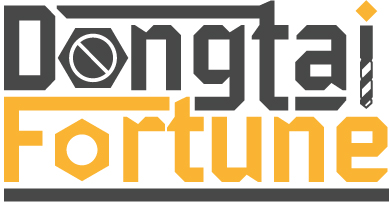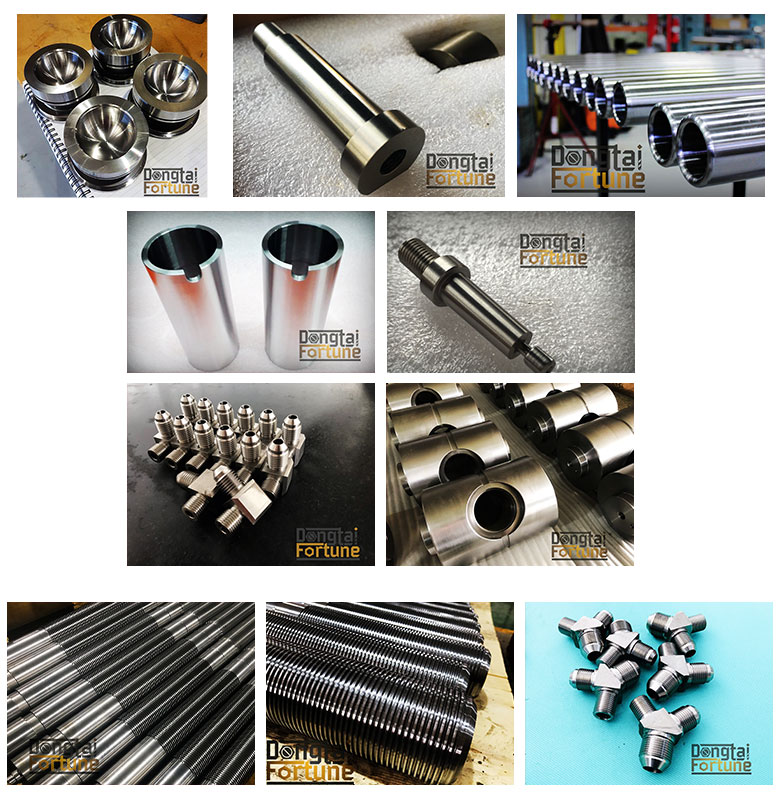Professional China China Hard Metal Bush Sleeve Bushing Tungsten Carbide Sleeve
We depend on sturdy technical force and continually create sophisticated technologies to meet the demand of Professional China China Hard Metal Bush Sleeve Bushing Tungsten Carbide Sleeve, We never stop improving our technique and high quality to maintain up with the enhancement trend of this industry and fulfill your pleasure effectively. For anyone who is fascinated within our solutions, you should get in touch with us freely.
We depend on sturdy technical force and continually create sophisticated technologies to meet the demand of Carbide Wear Components, China Tungsten Carbide Sleeves, We have been adhering to the philosophy of “attracting customers with the best merchandise and excellent service”. We welcome customers, business associations and friends from all parts of the world to contact us and seek cooperation for mutual benefits.
Turning is a form of machining, a material removal process, which is used to create rotational parts by cutting away unwanted material. The turning process requires a turning machine or lathe, workpiece, fixture, and cutting tool. The workpiece is a piece of pre-shaped material that is secured to the fixture, which itself is attached to the turning machine, and allowed to rotate at high speeds. The cutter is typically a single-point cutting tool that is also secured in the machine, although some operations make use of multi-point tools. The cutting tool feeds into the rotating workpiece and cuts away material in the form of small chips to create the desired shape.
Turning is used to produce rotational, typically axi-symmetric, parts that have many features, such as holes, grooves, threads, tapers, various diameter steps, and even contoured surfaces. Parts that are fabricated completely through turning often include components that are used in limited quantities, perhaps for prototypes, such as custom designed shafts and fasteners. Turning is also commonly used as a secondary process to add or refine features on parts that were manufactured using a different process. Due to the high tolerances and surface finishes that turning can offer, it is ideal for adding precision rotational features to a part whose basic shape has already been formed.
Turning can be performed on a variety of materials, including most metals and plastics. Common materials that are used in turning include the following:
•Aluminum
•Brass
•Magnesium
•Nickel
•Steel
•Thermoset plastics
•Titanium
•Zinc
Capabilities
|
|
Typical |
Feasible |
|
Shapes: |
Thin-walled: Cylindrical |
|
|
Part size: |
Diameter: 0.02 – 80 in | |
|
Materials: |
Metals |
Ceramics |
|
Surface finish – Ra: |
16 – 125 μin |
2 – 250 μin |
|
Tolerance: |
± 0.001 in. |
± 0.0002 in. |
|
Lead time: |
Days |
Hours |
|
Advantages: |
All materials compatible Very good tolerances Short lead times |
|
|
Applied industry: |
Machine components, engine components, aerospace industry, automotive industry, oil & gas industry, automation components. Maritime industry. | |






